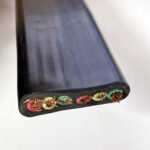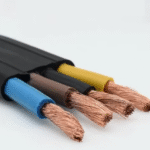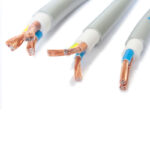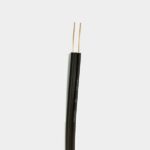If you’re asking “what is core in cable?”, you’re probably trying to understand how electrical cables are built and what role the “core” plays in carrying electricity or signals. In this article, we’ll explain what a cable core is, how it works, and why it matters in electrical and communication systems.
⚡ What Does 'Core' in Cable Mean?
The core in a cable refers to the conductive part of the cable—usually made of copper or aluminum—that carries electrical current or signal. In most cables, each core is insulated and may be bundled with others inside a single cable sheath.
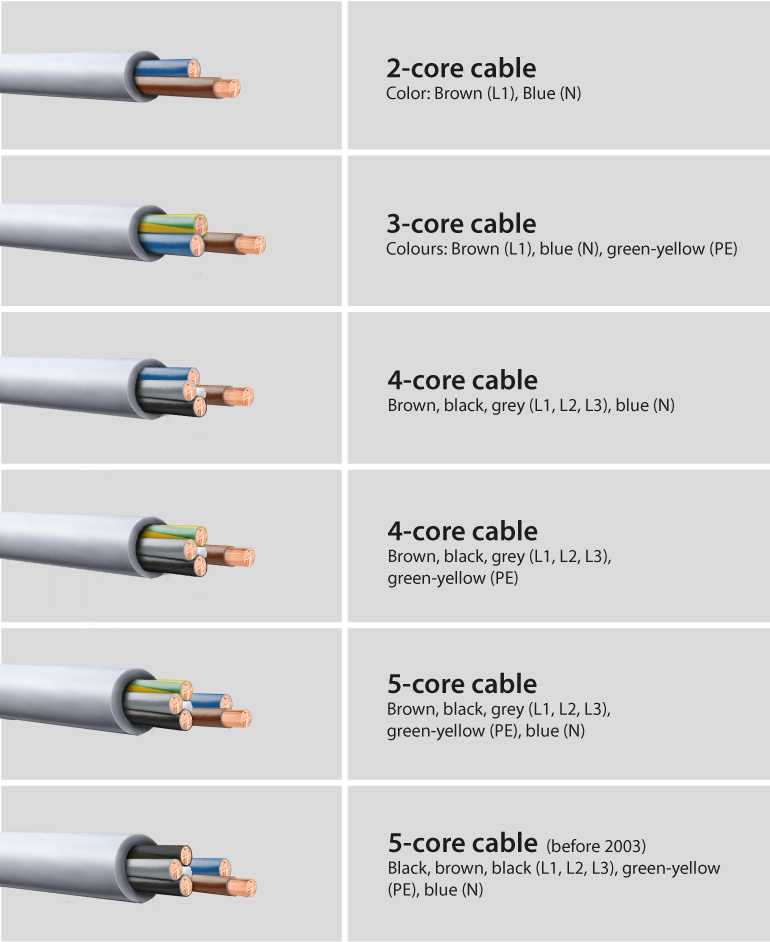
what is core in cable
So when you hear terms like '2-core cable' or '4-core cable', it means the cable contains two or four insulated conductors (cores) inside.
🧱 Structure of a Cable Core
A single cable core typically consists of:
Conductor – The metallic wire (usually copper or aluminum) that transmits electricity or data.
Insulation – A layer of non-conductive material (like PVC, PE, XLPE) that surrounds the conductor to prevent short circuits and leakage.
In multi-core cables, multiple such insulated cores are bundled together in one cable sheath.
🔢 How Many Cores Does a Cable Have?
The number of cores depends on the cable’s function:
1-core (single-core) – Used in simple power transmission.
2-core – Common for lighting and small appliances (live + neutral).
3-core – Adds a ground/earth wire (live + neutral + earth).
4-core or more – Used in three-phase systems, control cables, data transmission, etc.
🧭 Core vs Conductor: What's the Difference?
Conductor refers only to the metal wire inside the cable.
Core includes both the conductor and its insulation.
In simple terms:
Core = Conductor + Insulation
🧰 Why Does the Number of Cores Matter?
The number and type of cores in a cable determine:
✅ Its function (power vs. signal)
✅ Whether it can carry ground/earth safely
✅ Compatibility with single-phase or three-phase systems
✅ Ease of installation and safety
🧪 Examples of Cable Types by Core Count
| Cable Type | Core Count | Typical Use |
|---|---|---|
| 1-core THW | 1 | Internal wiring |
| 2-core Flat Cable | 2 | Light circuits |
| 3-core Armoured Cable | 3 | Industrial motors |
| 4-core XLPE Cable | 4 | Three-phase power |
| 5-core Control Cable | 5 | Automation systems |
| Multi-core Signal Cable | 6–100+ | Control/data applications |
✅ Conclusion: The Core Is the Heart of the Cable
The core is what gives a cable its electrical functionality—it carries the current, signal, or data. Whether you're installing a simple light fixture or designing a complex automation system, understanding the number and type of cable cores helps ensure safety, performance, and compliance.
Need Help Choosing the Right Cable?
We offer a wide range of single-core, multi-core, armoured, flexible, and shielded cables for industrial and commercial use.
👉 Contact us for expert advice and competitive pricing.

